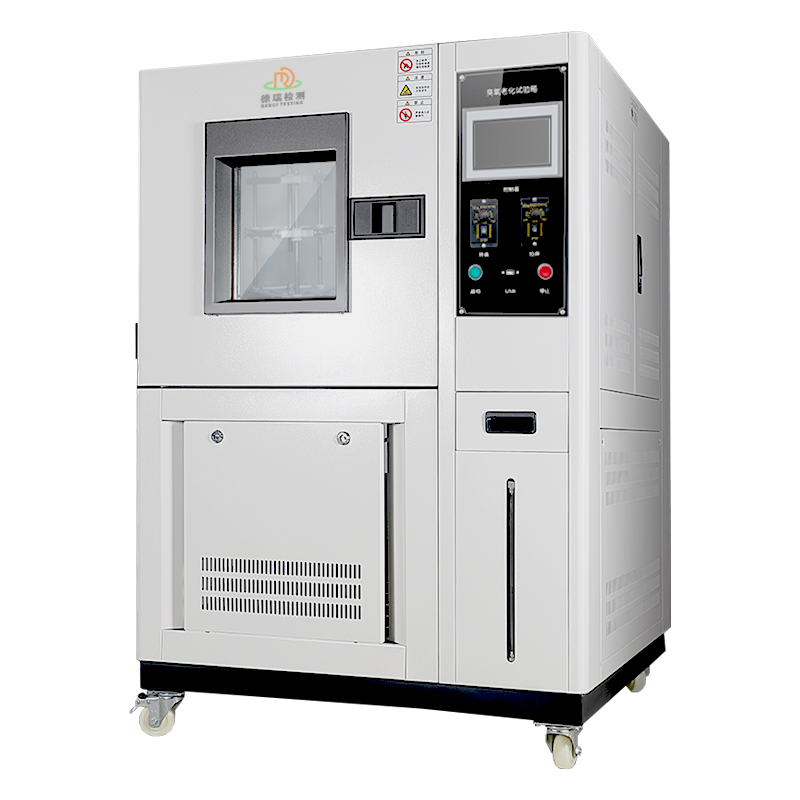
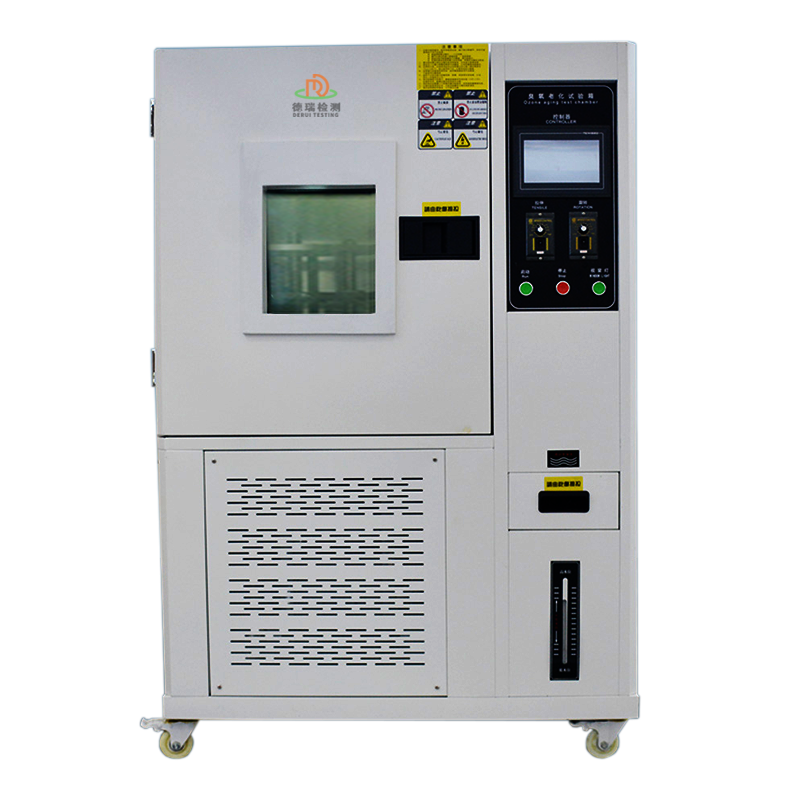
Stainless steel inner ozone test chamber
398005.0 INR/Unit
Product Details:
X
Stainless steel inner ozone test chamber Price And Quantity
- 398005.0 INR/Unit
- 1 Unit
Stainless steel inner ozone test chamber Trade Information
- Cash in Advance (CID)
- 100 Unit Per Month
- 5 Days
- All India
Product Description
Stainless steel liner ozone chamber core design and function analysis
1. Core Value of Stainless Steel Liner
Stainless steel inner chamber (usually made of 304 or 316L grade material) is the key design element of ozone test chamber. Ozone, as a strong oxidizing gas, accelerates metal corrosion when exposed for a long period of time, and traditional coatings or ordinary steel are prone to rusting and peeling, leading to shortened life of the tester or contamination of the sample. The stainless steel inner liner solves this problem by the following characteristics:
Corrosion resistance: Resistant to ozone, humidity and high temperature environments, avoiding oxidizing reaction of the inner wall;
Cleanliness: smooth surface without pores, ozone residue is easy to remove, preventing cross-contamination;
Durability: maintains structural stability under long-term high ozone concentration (e.g. 500pphm), reducing maintenance frequency.
This type of design is especially suitable for automotive parts, aerospace materials and other areas with stringent requirements on the cleanliness of the test environment.
2. Ozone generation and control technology
The test chamber adopts high-voltage discharge ozone generator (efficiency is better than UV lamp method), and realizes the precise output of 20-500pphm (0.2-5ppm) concentration through precise current adjustment. The compatibility of the stainless steel inner liner with the ozone generating system needs to be emphasized:
Generator electrodes need to be insulated and isolated from the inner liner to prevent electrochemical corrosion;
Built-in annular fan to ensure the uniformity of ozone distribution (deviation 10%), to avoid concentration stratification due to differences in adsorption on the surface of the liner.
3. Synergistic control of environmental simulation
Stainless steel liner temperature control response speed directly affects the consistency of the test. Equipment is usually integrated:
Fast temperature control module: PID algorithm heating + compressor refrigeration, support -10 ~ 70 wide range of adjustment (to meet the needs of GB/T 7762 low-temperature ozone testing);
Humidity expansion unit (optional): control humidity (30%~95% RH) by steam injection, simulating humidity and heat ozone synergistic aging scenarios, such as outdoor material testing in tropical areas.
4. Safety and intelligent management
The sealing design of stainless steel inner liner combined with digital management system builds double safety guarantee:
Dynamic leakage monitoring: electrochemical sensors detect ozone concentration at the seams of the chamber in real time, triggering the negative pressure recovery device when the standard is exceeded;
Harmless treatment of exhaust gas: ozone is discharged after catalytic decomposition into oxygen, avoiding direct release to pollute the laboratory environment;
Remote control: synchronized monitoring of the temperature and humidity of the inner chamber, ozone concentration curve and equipment operation status through the Internet of Things module, supporting abnormal data warning.
5. Industry Adaptability Scenarios
Rubber seal testing: the clean environment of the stainless steel liner can accurately assess the performance degradation of medical rubber under ozone;
Coating accelerated aging: combined with humidity control, it simulates the weathering resistance of photovoltaic backsheet coatings in coastal high salt spray + ozone environments;
Verification of electronic components: electromagnetic shielding design of the inner chamber (optional) avoids high-voltage discharges interfering with precision component testing.
Selection and customization suggestions
Inner liner process: need to confirm whether it is seamless welding process (reduce the risk of leakage);
Compatibility verification: if testing samples containing sulfide, assess the resistance of stainless steel to sulfide corrosion;
Extended functionality: if dynamic mechanical stress (tensile/bending) is to be simulated, the inner chamber needs to be pre-installed with a servo motor bracket interface.
Standard Features
| Item | Specification |
| Internal dimension | 450W*450D*500Hmm (100L) |
| Temperature range | RT+10~ 60 (suggest to use 402) |
| Temperature Fluctuation | 1 |
| Ozone concentration | 50~1000 pphm, adjustable (suggest to use 50pphm) |
| Ozone concentration deviation | 10% |
| Sample holder rotation | 360 degree rotation |
| Sample holder | 2pcs removable sample tray, SUS#304 stainless steel |
| Temperature controller | Programmable touch screen controller |
| Ozone concentration analysis | Concentration analysis meter |
| Ozone generator | High pressure silence discharge type |
| Protection system | Leakage, short circuit, over temperature, over heat |
Tell us about your requirement

Price:
Quantity
Select Unit
- 50
- 100
- 200
- 250
- 500
- 1000+
Additional detail
Mobile number
Email




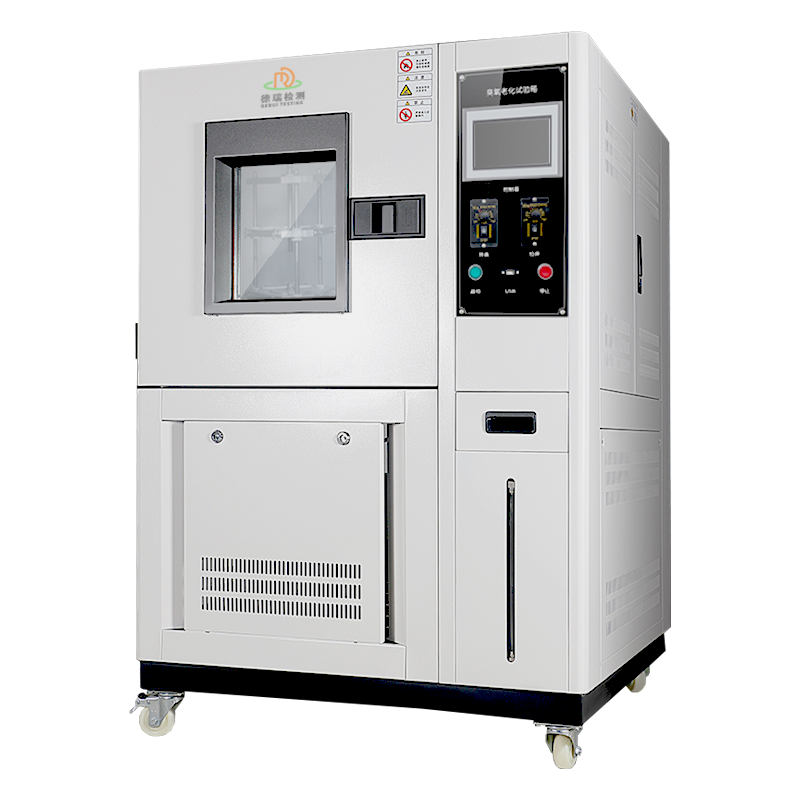
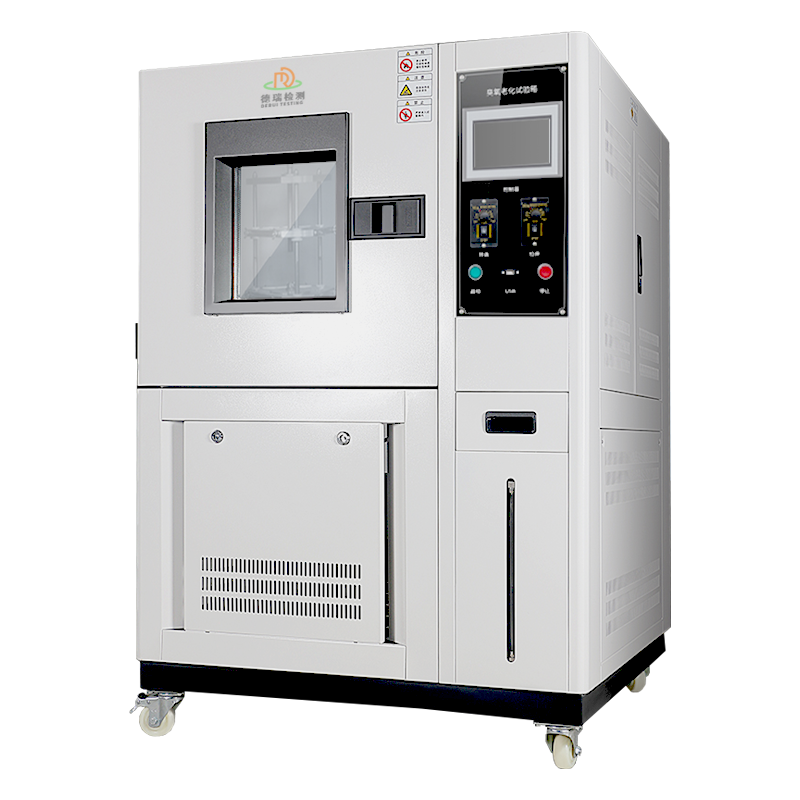
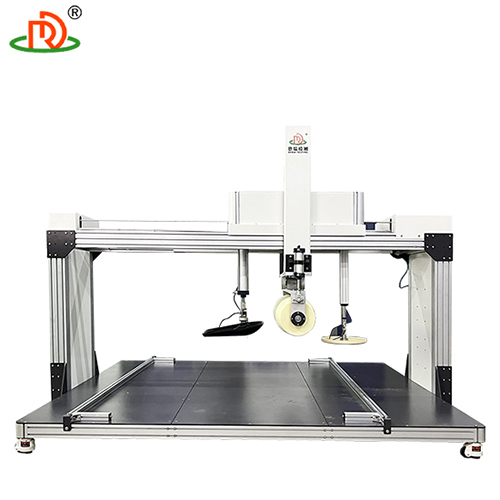
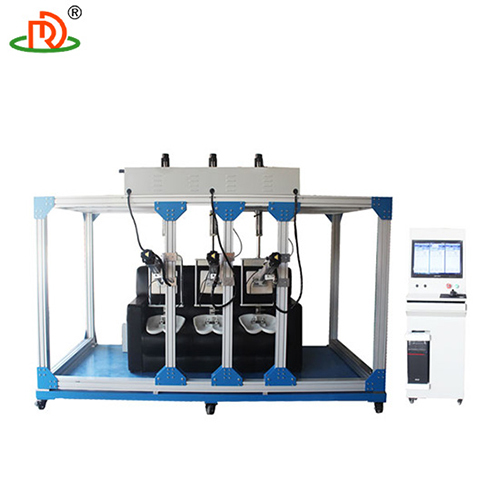

 English
English Spanish
Spanish French
French German
German Italian
Italian Chinese (Simplified)
Chinese (Simplified) Japanese
Japanese Korean
Korean Arabic
Arabic Portuguese
Portuguese